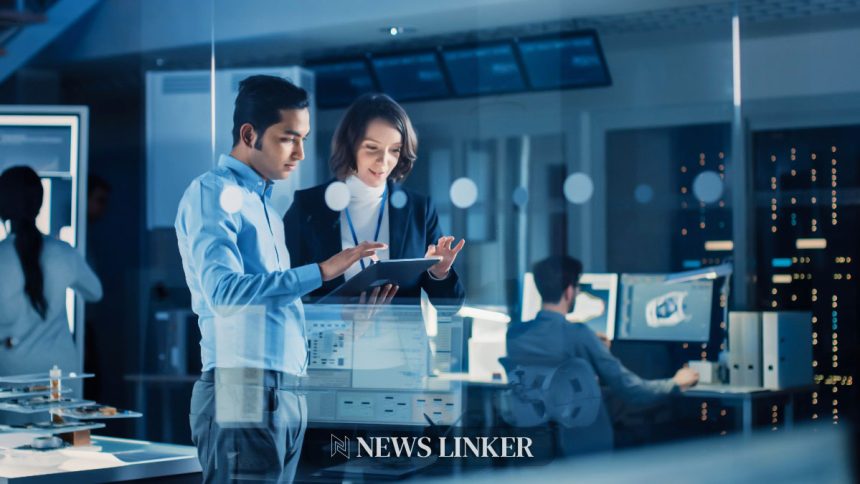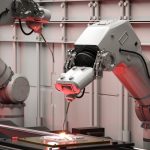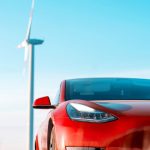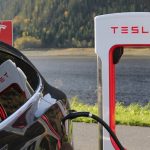BMW has brought its latest all-electric vehicle, the BMW iX3, to the spotlight at Climate Week NYC, signaling a renewed push in the American market for electric cars. The debut comes as the company introduces its Neue Klasse platform in the United States for the first time and prioritizes a blend of performance and luxury even as U.S. buyers express caution towards electric mobility. This move highlights BMW’s intent to maintain a foothold in an evolving automotive landscape that now faces increased competition and changing consumer interests. Charging times and driving range are being closely watched by industry experts as BMW positions itself alongside rivals.
Some earlier announcements from BMW focused on concept EVs, and there was uncertainty regarding timelines and the branding direction for U.S. launches. Elements like the panoramic iDrive and adaptive platform were previewed in global auto shows but without specific details on local manufacturing tie-ins or recycling initiatives. The production strategies and sustainability partnerships with Redwood Materials and SK On further clarify BMW’s local investment focus, which was less defined in earlier reports. The new model’s design reverses the previous controversial grille styling, addressing past critiques more directly than prior communications had suggested.
How Does the Neue Klasse Platform Set the iX3 Apart?
The iX3 introduces a modular architecture combining technology, design, and computing into a unified base, flexible enough for BMW’s range from sports models to SUVs. Expected to deliver nearly 400 miles of range, the vehicle benefits from quick charging capabilities, regaining about 175 miles within ten minutes on a 400kW charger. The in-car technology includes a panoramic head-up display and a set of four powerful computers managing crucial aspects such as vehicle control, navigation, and climate.
What Are BMW’s Production and Sustainability Practices?
BMW follows a “local-for-local” production model, establishing assembly lines in Hungary, Munich, and Spartanburg, S.C. This approach helps shield the supply chain from political and regulatory volatility while focusing on local market needs. Company executives emphasize the customer role in vehicle choice, maintaining a broad product lineup—from internal combustion to hybrid and electric variants.
“Production follows the market and supply chain follows production,”
stated BMW CTO Joachim Post when discussing the company’s strategic investment in U.S. manufacturing.
Will Design Updates and Partnerships Influence Market Reception?
The revised aesthetic moves away from BMW’s previously divisive grille, drawing cues from its classic 2002 model. The adaptation is met with generally positive reactions in the U.S., and BMW insists its designs target a global audience. On the interior, the panoramic iDrive system introduces augmented reality features aimed at creating a more engaging and performance-focused driving experience. Further supporting its future ambitions, BMW partners with SK On and Redwood Materials to propel battery recycling, reflecting the company’s intention to treat electric vehicles as valuable resource pools.
“EVs are mines on wheels. We need to treat vehicles as resources, where a bumper doesn’t end up as a bottle, but rather a high-value component in a future car,”
said Glenn Schmidt, vice president of sustainability at BMW.
BMW’s decision to debut the iX3 in the U.S. reflects its ongoing commitment to electrification, sustainability, and adapting to rapidly shifting market demands. By investing in advanced technologies—such as sixth-generation batteries—and emphasizing local production and circular supply chains, BMW seeks to reduce dependence on external factors like government incentives. The flexible strategy, combining combustion, hybrid, and fully electric models, aims to address the broad spectrum of consumer preferences while responding to environmental and geopolitical uncertainties. Potential buyers and industry observers will watch closely to see how receptive the U.S. market proves to this renewed electric push, especially as infrastructure and policy continue to develop. Overall, those interested in EVs should monitor the evolving interplay between innovation, local investment, and consumer adoption to make informed decisions in the changing landscape of automotive offerings.










